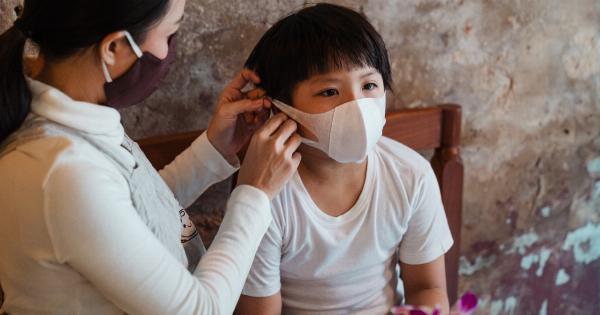Welcome to the ultimate handbook on the Koxaki Virus. In this comprehensive guide, we will explore everything you need to know about this viral infection, including its symptoms, transmission, prevention, and treatment options.
So, let’s dive in and empower ourselves with knowledge.
What is Koxaki Virus?
The Koxaki Virus, also known as Coxsackievirus, is a type of RNA virus that belongs to the Enterovirus genus. It is primarily responsible for causing various illnesses, including hand, foot, and mouth disease (HFMD), as well as herpangina.
Symptoms of Koxaki Virus
The symptoms of Koxaki Virus can vary depending on the specific infection it causes. However, some common symptoms associated with HFMD and herpangina include:.
- Painful sores or blisters on the hands, feet, and mouth
- Fever
- Sore throat
- Loss of appetite
- Irritability in infants and young children
- Fatigue
Transmission of Koxaki Virus
The Koxaki Virus is highly contagious and can spread from person to person through various means, including:.
- Direct contact with saliva, nasal discharge, or fluid from the blisters
- Close personal contact with an infected individual
- Contact with contaminated surfaces or objects
- Inhalation of respiratory droplets when an infected person coughs or sneezes
Prevention of Koxaki Virus
While it may not always be possible to prevent Koxaki Virus infection entirely, there are several measures you can take to minimize the risk:.
- Wash your hands frequently with soap and water, especially after contact with an infected individual
- Avoid close contact with individuals who are infected
- Cover your mouth and nose with a tissue or your elbow when coughing or sneezing
- Disinfect frequently-touched surfaces
- Avoid sharing utensils, cups, or other personal items
Treatment of Koxaki Virus
Currently, there is no specific antiviral treatment for Koxaki Virus infections. Most cases resolve on their own within a week or two. To manage symptoms and promote comfort, individuals are encouraged to:.
- Get plenty of rest
- Drink fluids to stay hydrated
- Take over-the-counter pain relievers for pain and fever
- Use topical ointments for relief from mouth sores
When to Seek Medical Attention
In most cases, Koxaki Virus infections are mild and self-limiting. However, you should seek medical attention if:.
- The symptoms last longer than usual or worsen
- You experience difficulty swallowing or dehydration
- There are signs of neurological complications
- Infants younger than three months display fever or lethargy
Conclusion
The Koxaki Virus, with its associated diseases such as hand, foot, and mouth disease and herpangina, can be distressing.
However, by understanding the symptoms, transmission, and prevention strategies, you can minimize its impact on your health and that of your loved ones. Remember to always practice good hygiene and consult a healthcare professional if needed.






























